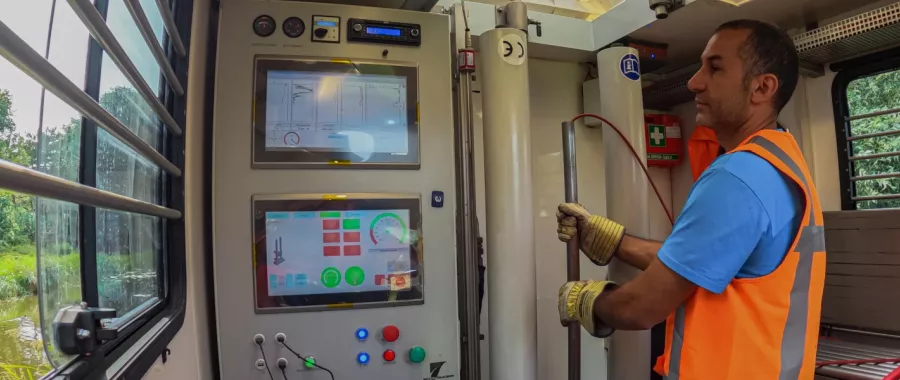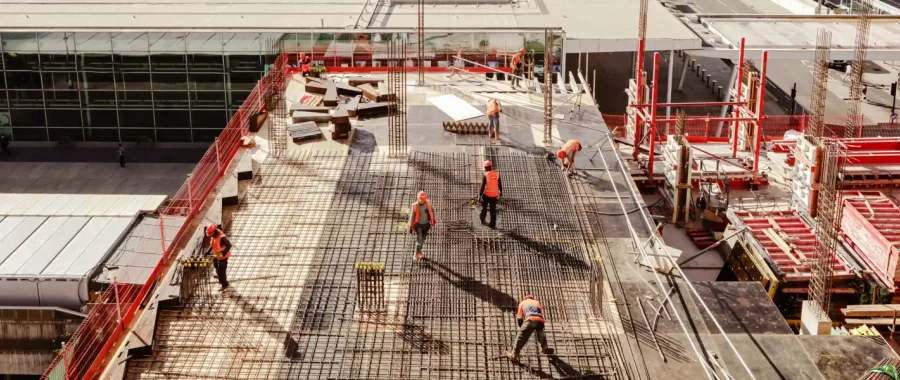We live in a delta region, which means groundwater is never far below our feet.
Work in the subsurface and changes to the underground situation must take into account the groundwater present.
Some examples are:
- For example, when digging is required for the construction of a foundation or basement, there is a real chance that excavation will be deeper than the prevailing groundwater level. In this case, drainage is required to locally lower the groundwater level and create a dry and workable excavation surface,
Talk to our experts
- In many Dutch towns and villages, relatively clean rainwater has traditionally been quickly discharged into the surface water via the sewer system and wastewater treatment plants. Intensive use of space, drinking-water extraction, climate change and nature protection also require a more sustainable way of managing our groundwater. To stimulate sustainable handling of rainwater, regulations have been created that stimulate letting rainwater infiltrate the underground locally as much as possible
- Underground constructions in the substrate and groundwater extraction will affect the level and flow of groundwater to a greater or lesser extent. If no mitigating measures are taken, negative consequence such as flooding or water shortage may occur in the area
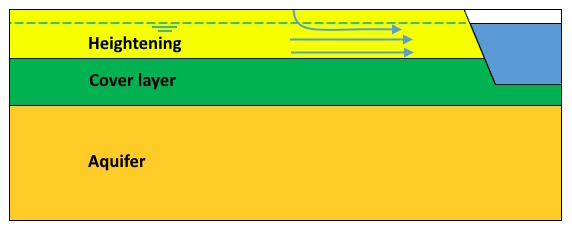
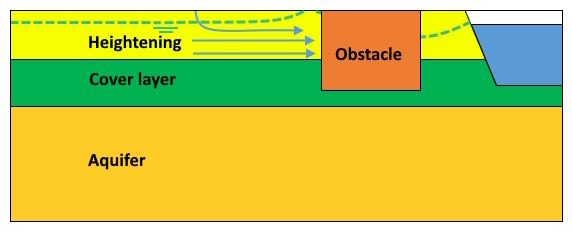
SOCOTEC offers a wide range of geohydrological advice to address all your issues such as groundwater and rainwater management. Thanks to a sound basis of theoretical knowledge combined with a great deal of practical experience and a practical approach, we work with you to gain insight in your geohydrological situation and find the answer to your question. For watering advice and environmental impact advice, infiltration advice or other groundwater-related issues, the SOCOTEC engineers are the right people to talk to.
SOCOTEC offers you a compete range of geohydrological services from the required soil investigation and laboratory studies to geotechnical monitoring, all handled in-house.
Dewatering and impact on the surroundings
If groundwater needs to be extracted, SOCOTEC can provide dewatering advice. Using field and laboratory tests and archival research, we create a schematic representation of the geohydrological subgrade and the groundwater regime at a location. We then use a model calculation (Modflow or MicroFEM) to calculate the expected extraction flow during the execution of the project, for example a construction pit, the total amount of water extracted during the dewatering period and the size of the dewatering’s area of influence.
SOCOTEC tests the extraction flow rates and the amount of water extracted against the competent authority’s rules that are relevant at the site to establish whether your dewatering is subject to a permit requirement. If a permit is required, we can take care of applying to the competent authority for the water permit for you. We then conduct a study into the influence of the groundwater extraction on the surroundings. Additional analyses might be necessary, for example a shift in the fresh/salt water interface or the displacement of contaminants. SOCOTEC can also do these calculations for you.
Deformation of or in the underground can occur as a result of (geohydrological) work, for example lowering the groundwater level for dewatering. This aspect has a certain influence on the surroundings, such as on the infrastructure above and under the ground, archaeological finds in the ground, (foundations of) buildings or water barriers. Depending on the degree of influence, this may cause damage to those objects. What’s more, a (temporary) drawdown of the groundwater level can also have an impact on nature and agriculture, can cause any contaminants present to spread or displace in the subgrade and any fresh/salt water interfaces to shift.
Our advice with regard to the impact on the environment
This could include:
- Preparing settlement analyses for lowering groundwater levels and the influence of lowering groundwater levels on buildings and infrastructure
- Flow path analysis
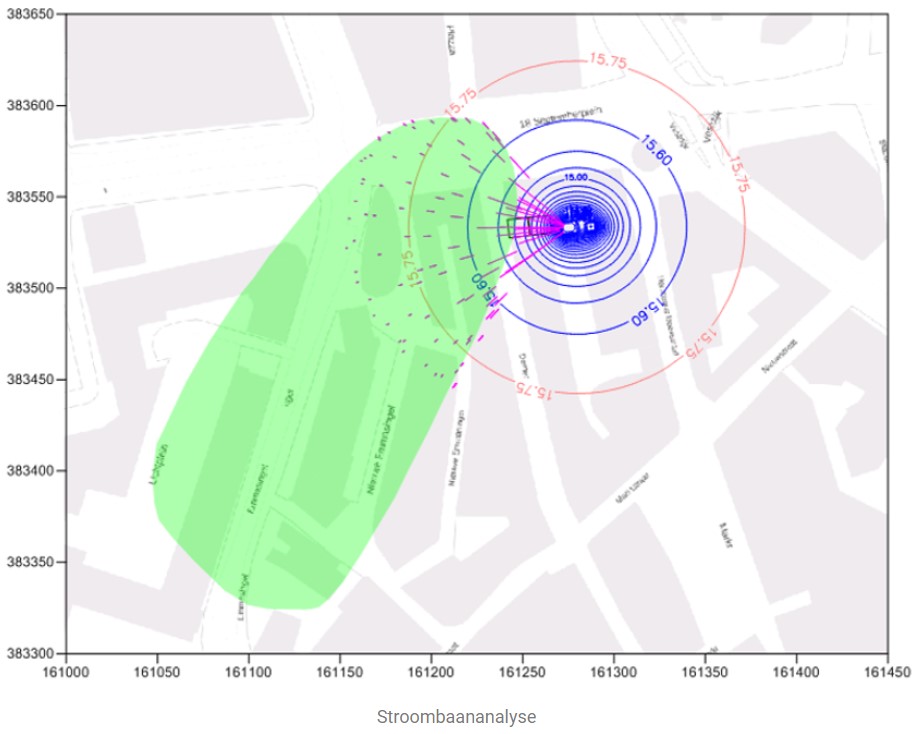
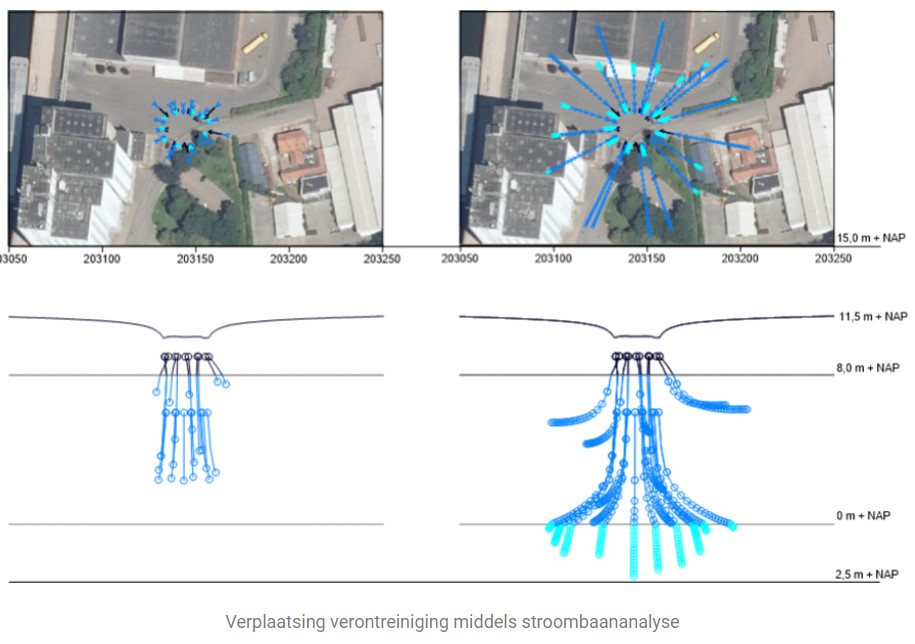
For these analyses we use geotechnical soil investigations as well as geotechnical laboratory tests that we can carry out ourselves. For the calculations, we use our own software, Dserie by Deltares (D-Settlement) and (Modflow or MicroFEM).
A water permit is only granted if the negative impact on the surroundings is sufficient small. If there is a negative impact on the surroundings (for example the displacement of contaminant), SOCOTEC will determine together with you and the competent authority what the best solution is to mitigate the impact. We do not round off the reporting until it is clear that the impact on the surroundings will be sufficiently limited. Only then do we apply for the water permit to the competent authority.
(Rainwater) infiltration
Often it is necessary to indicate how rainwater has to be handled on a parcel, for example when there is a change in the zoning plan or when applying for an environmental permit within the framework of sustainable water management and the related issue of water neutral construction.
To this end, SOCOTEC first determines whether a location is suitable for the infiltration of rainwater. The way the infiltration survey is organised, is based on Module C2510 of the 2015 Sewer System Guideline [Leidraad Riolering].
An important part of this test is the k-value (permeability value) of the underground. We determine the k-value of the underground in the field using different types of in-situ permeability measurements and in the lab using correlations with particle size distributions, falling head and constant head tests. The in-situ permeability measurements offer insight into both the horizontal and the vertical k-value.
In addition to determining the k-value, the groundwater regime at the location is also important, especially the average highest groundwater level. After all, an infiltration facility must always be installed above the average highest groundwater level. The groundwater regime can be determined in various ways. Usually, there is a monitoring well near to the project location in the TNO/BRO database. A statistical analysis of this groundwater level spanning many years offers insight into the groundwater regime at the location.
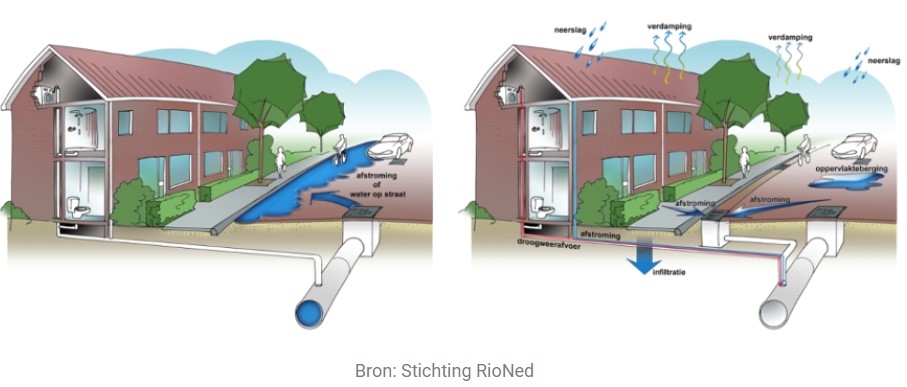
When the infiltration survey has been rounded off, SOCOTEC Netherlands can draw up a water test for you. There are various options possible with regard to a water test. The test can be limited to just determining the storage or infiltration volume required for rainwater. The demands for this are often imposed by the municipality and/or water authority and stipulated in the rainwater policy. Consulting with the municipality and/or the water authority to gain more clarity about the precise demands is a standard part of our consultancy work.
When the volume required to store and/or infiltrate has been determined, we can calculate an indicative size that such an infiltration facility would need to be.



